Post Reversible Encephalopathy Syndrome
Post reversible encephalopathy syndrome. In this study we assess the frequency and clinical and imaging characteristics of PRES after SOT. Background and Methods In some patients who are hospitalized for acute illness we have noted a reversible syndrome of headache altered mental functioning seizures and loss of vision associated. It has seldom been reported to be a consequence of an.
There is a great variability in the clinical presentation of this syndrome and in the features of its sometimes atypical imaging appearance. The diagnosis was made by characteristic clinical findings mental status. The relationship between posterior reversible encephalopathy syndrome and seizures is reviewed.
Posterior reversible encephalopathy syndrome PRES refers to a disorder of reversible subcortical vasogenic brain oedema in patients with acute neurological symptoms eg seizures encephalopathy headache and visual disturbances in the setting of renal failure blood pressure fluctuations cytotoxic drugs autoimmune disorders and pre-eclampsia or eclampsia. Angiography showed cerebral arterial vasospasm. This study was intended to describe the risk of epilepsy subsequent to posterior reversible encephalopathy syndrome PRES and the clinical features of post-PRES epilepsy.
A case of acute encephalopathy with posterior corticosubcortical vasogenic edema on magnetic resonance imaging is reported. Posterior Reversible Encephalopathy Syndrome. Posterior reversible encephalopathy syndrome PRES is an illness in which a person can present with acutely altered mentation drowsiness or sometimes stupor visual impairment eg visual hallucinations cortical blindness hemianopia quadrantanopia and diplopia seizures focal or general to.
The nephritis went in to remission within 2 months and after 8 months the patient has been seizure free again. In 1996 Hinchey et al described a clinico-radiological picture they called posterior reversible leukoencephalopathy syndrome PRLS which is characterized by visual disorders seizures altered mental states and changes in the subcortical white matter of the temporoparietooccipital lobes that are shown up in the neuroimages. From April 1998 to December 2001 we identified 10 patients six women four men who developed 11 episodes of tacrolimus-associated posterior reversible encephalopathy syndrome PRES after allogeneic haematopoietic stem cell transplantation for haematological malignancies.
Its clinical features include headache decreased alertness confusion diminished spontaneity of speech seizures vomiting and abnormalities of visual perception like cortical blindness. Posterior reversible encephalopathy syndrome PRES is a clinico-radiological syndrome characterized by symptoms including a headache seizures altered consciousness and visual disturbances 1. However diagnosis is not always straightforward.
We retrospectively identified all patients with PRES who were admitted to Severance Hospital and consulted with the Department of Neurology between 2001 and 2013. PRES was first described in 1996 by Hinchey et al.
In this study we assess the frequency and clinical and imaging characteristics of PRES after SOT.
Its clinical features include headache decreased alertness confusion diminished spontaneity of speech seizures vomiting and abnormalities of visual perception like cortical blindness. A case of acute encephalopathy with posterior corticosubcortical vasogenic edema on magnetic resonance imaging is reported. Posterior reversible encephalopathy syndrome PRES is a clinico-radiological syndrome characterized by symptoms including a headache seizures altered consciousness and visual disturbances 1. Posterior Reversible Encephalopathy Syndrome. The nephritis went in to remission within 2 months and after 8 months the patient has been seizure free again. Posterior reversible encephalopathy syndrome appeared to have neither short nor intermediate effect on seizure control in this patient. Posterior reversible encephalopathy syndrome PRES is an uncommon but potentially devastating syndrome if not recognized and treated appropriately. Posterior reversible encephalopathy syndrome PRES is an illness in which a person can present with acutely altered mentation drowsiness or sometimes stupor visual impairment eg visual hallucinations cortical blindness hemianopia quadrantanopia and diplopia seizures focal or general to. There is a great variability in the clinical presentation of this syndrome and in the features of its sometimes atypical imaging appearance.
From April 1998 to December 2001 we identified 10 patients six women four men who developed 11 episodes of tacrolimus-associated posterior reversible encephalopathy syndrome PRES after allogeneic haematopoietic stem cell transplantation for haematological malignancies. In 1996 Hinchey et al described a clinico-radiological picture they called posterior reversible leukoencephalopathy syndrome PRLS which is characterized by visual disorders seizures altered mental states and changes in the subcortical white matter of the temporoparietooccipital lobes that are shown up in the neuroimages. From April 1998 to December 2001 we identified 10 patients six women four men who developed 11 episodes of tacrolimus-associated posterior reversible encephalopathy syndrome PRES after allogeneic haematopoietic stem cell transplantation for haematological malignancies. Posterior reversible encephalopathy syndrome PRES is known to occur after solid organ transplantation SOT potentially associated with cyclosporine and tacrolimus. Its clinical features include headache decreased alertness confusion diminished spontaneity of speech seizures vomiting and abnormalities of visual perception like cortical blindness. PRES was first described in 1996 by Hinchey et al. Posterior reversible encephalopathy syndrome PRES is a radioclinical entity associating a reversible central nervous system involvement with a common brain imaging feature.







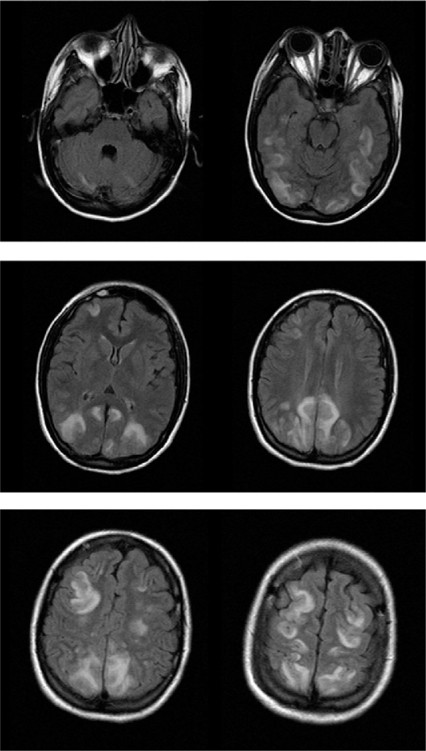





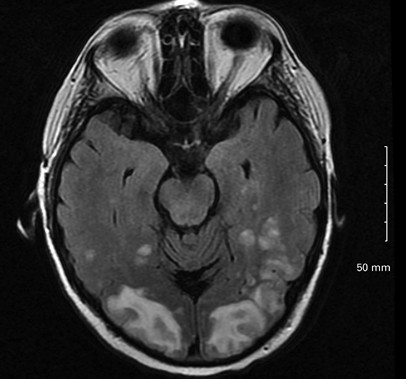
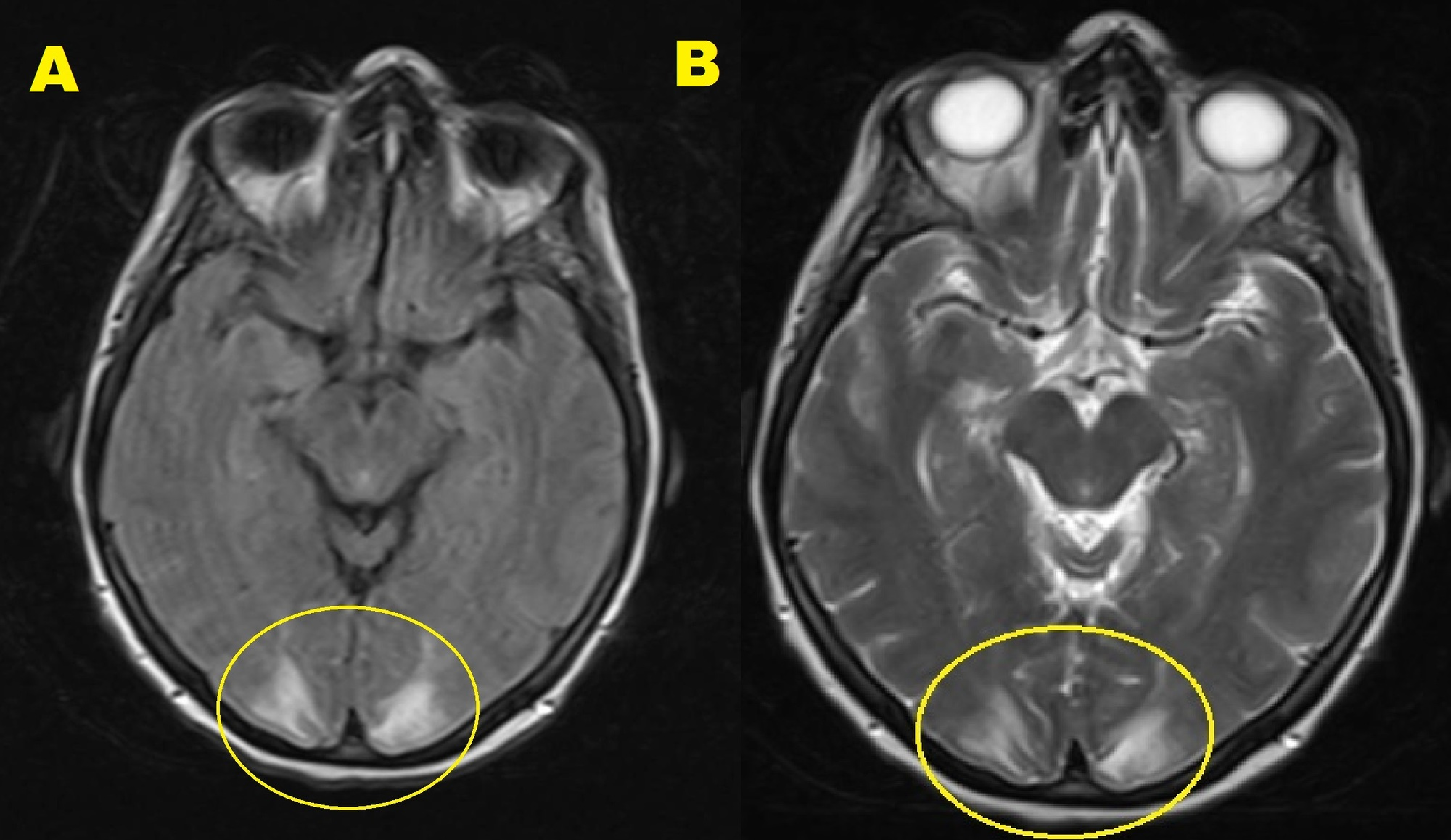


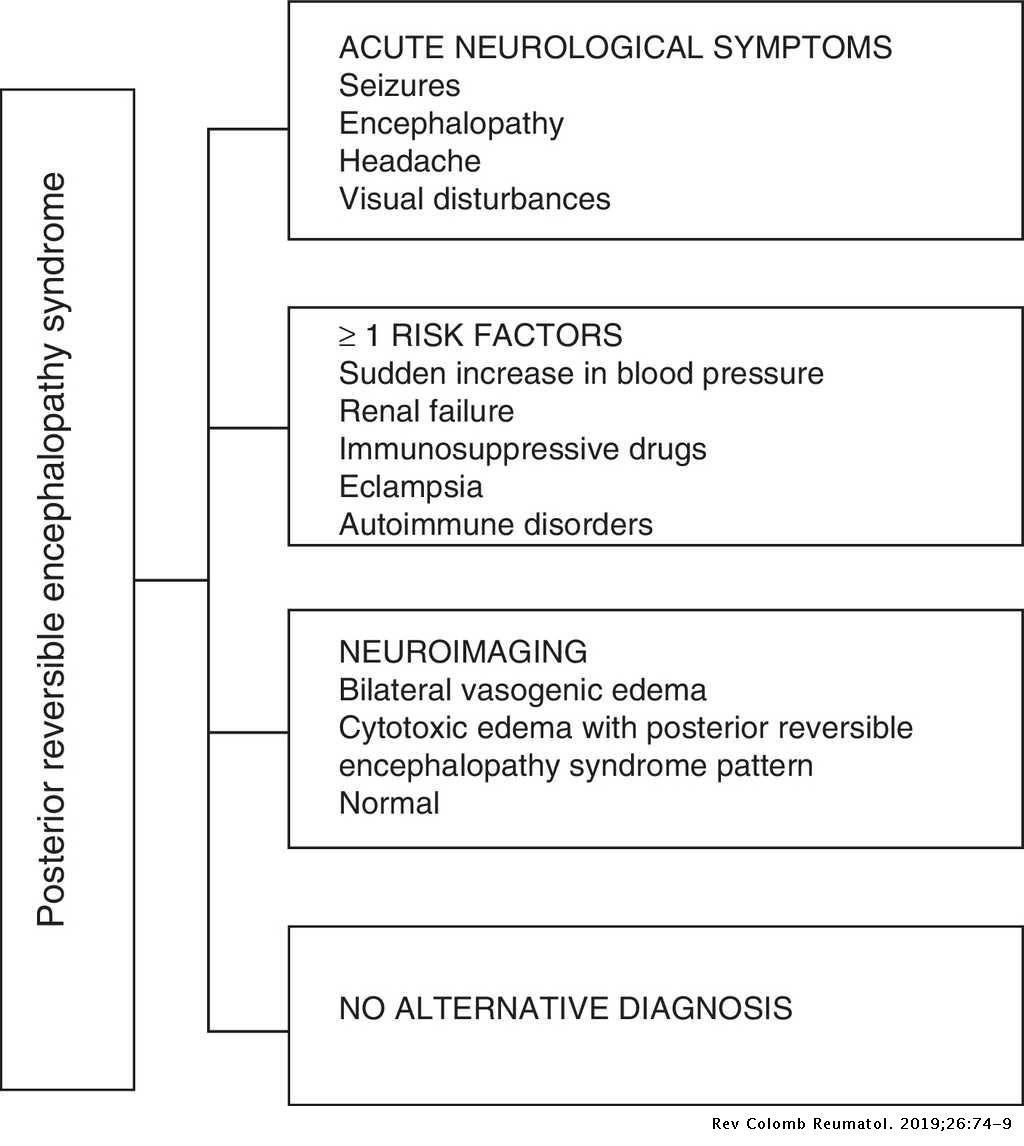
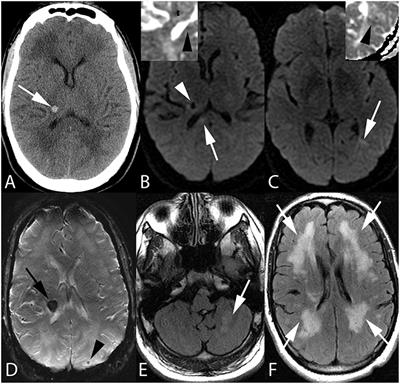
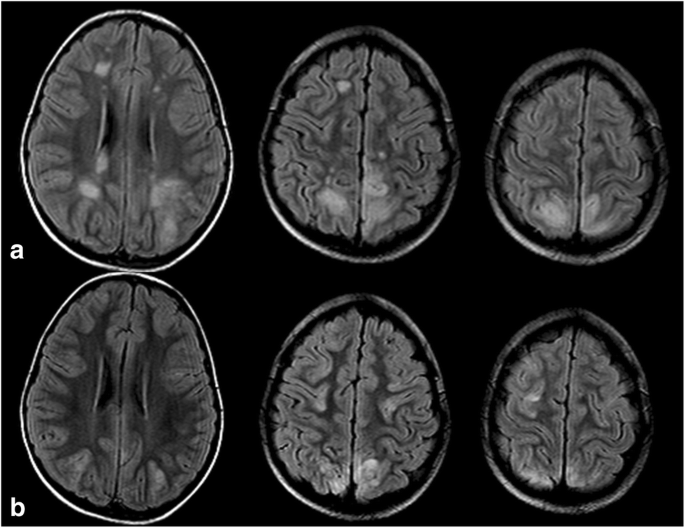



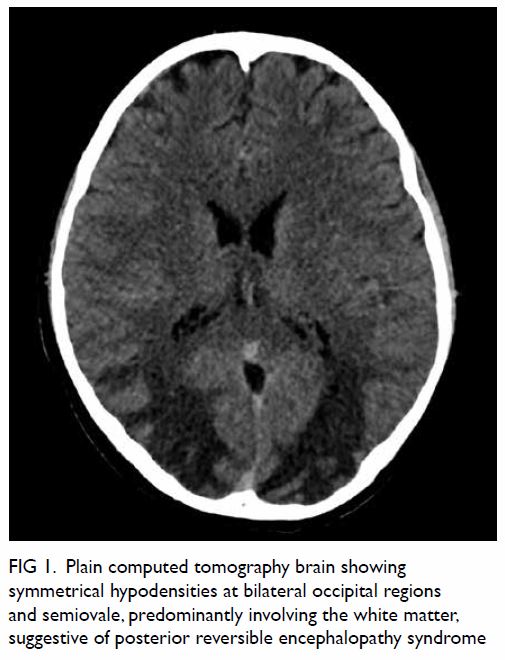








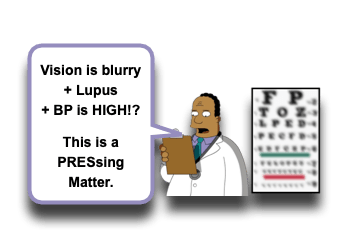







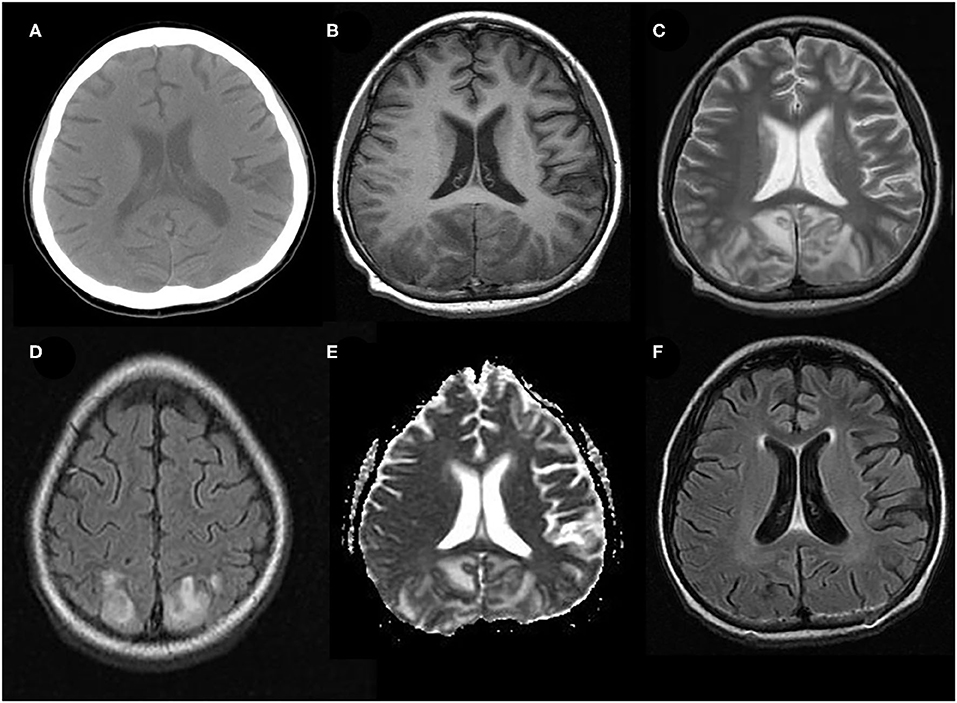
Post a Comment for "Post Reversible Encephalopathy Syndrome"